Verified Asset Basics
Verified Wrappers is a secured way of creating derivatives from an existing ERC20 tokens while maintaining compliance with regulations by only allowing clients of regulated entities to use the assets. This solution allows for the secure and regulated transfer of assets on permissionless blockchains bridging web2 and web3 finance.
Verified Assets
Verified assets are a type of digital asset, tokens on a blockchain, that only clients of regulated entities can use. These assets are created by wrapping existing tokens ( ERC20 tokens) and introducing an additional compliance requirement.
How Verified Assets Work
To create a verified asset, an existing token is locked as collateral, and a new token, the verified asset, is minted. The unique feature of these verified assets is the use of a dynamic compliance proof, represented as a non-transferable NFT. These proofs links the blockchain address to a verified off-chain account with a regulated entity.
The dynamic compliance proof not only reflects the status of the off-chain account but also the outcome of an ongoing on-chain compliance check. This check continuously monitors the wallet's on-chain activities to ensure they meet established Know Your Token (KYT) requirements.
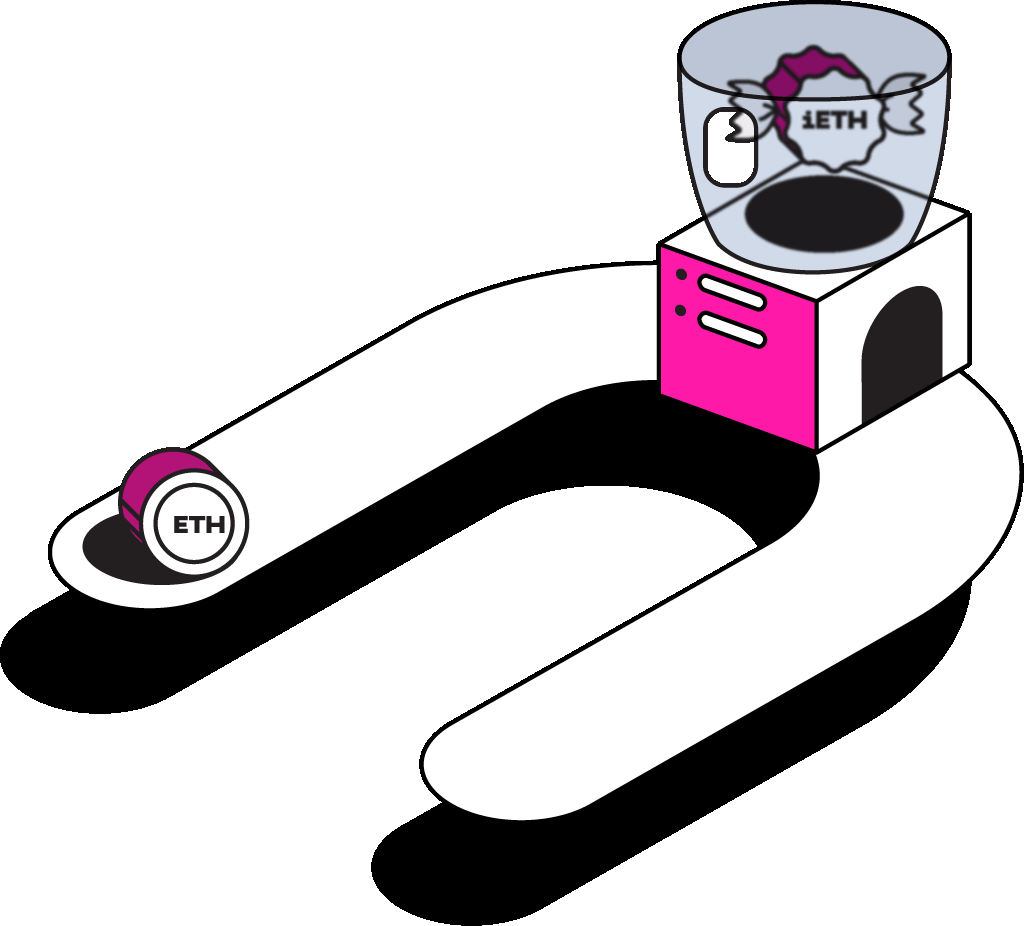
Fig. 1: Wrapping an existing token.
Horizontal Compliance Solution
Verified assets create a horizontal compliance solution as the compliance layer applies uniformly across all applications. This means that the same rules and requirements are uniformly imposed, irrespective of the application or platform the asset is used on. This provides a consistent and predictable regulatory environment that simplifies the process of maintaining regulatory compliance.
Composable
The verified assets solution is free-floating, meaning it operates independently of any specific application or use case. This independence allows for the seamless interaction of verified assets with various applications and platforms without requiring them to alter their underlying infrastructure. From their perspective, verified assets are just another type of ERC20 token.
Flexibility and Web3 Use-Cases
Verified assets offer great flexibility as they can be used in any web3 use-case. Whether it's for decentralized finance (DeFi), decentralized autonomous organizations (DAOs), non-fungible tokens (NFTs), or any other blockchain-based application, verified assets can introduce a compliance layer that helps ensure transactions meet regulatory standards.
This flexibility, combined with the uniform compliance layer, can help drive the adoption and integration of blockchain technology into various sectors, including those that require a high level of regulatory compliance.
The compliance proof ensures that only validated clients of regulated entities are able to transact, thus securing the integrity of the system and maintaining regulatory compliance. The wrapper contract is not accessible without these proofs. This adds an additional layer of security to the wrapping process, ensuring that only validated transactions occur.
Use Cases
DeFi
Compliant Liquidity on Permissionless DeFi
Verified wrapped ERC20 tokens integrate smoothly with Decentralized Finance (DeFi) applications. These tokens, once minted and in circulation, are treated like any other ERC20 token and can be used seamlessly within DeFi services.
Use of Verified Wrapped ERC20 Tokens in DeFi:
The key feature of DeFi is its open, permissionless nature that allows seamless interaction of various tokens and protocols. Verified wrapped ERC20 tokens leverage this feature and can be used in DeFi applications in the same way as any other ERC20 token. This includes lending, borrowing, staking, yield farming, liquidity provision, and trading on decentralized exchanges.
From the perspective of DeFi services, these verified assets are just another ERC20 token. Therefore, they don't need to make any changes to their infrastructure to accommodate these tokens. They can be used or traded on DeFi platforms just as any other ERC20 token would be.
For example, a verified wrapped ERC20 token can be used as collateral in a DeFi lending platform, or it can be provided as liquidity in a decentralized exchange's liquidity pool. They can also be staked in yield farming protocols to earn rewards. The specific use case depends on the particular DeFi service and the features it offers.

Fig. 2: Trading verified assets in DeFi.
Stable Coins/CBDC
Compliant Transactions on Permissionless Blockchains
Verified assets play a vital role in creating a transparent, secure, and compliant payment rail within the blockchain ecosystem. The combination of the open nature of blockchain and the regulated restrictions of verified assets creates a unique system where transactions are both transparent and compliant.
- Transparency: The blockchain, by its nature, is a public ledger where all transactions are visible... making the entire transaction history of an asset transparent.
- Compliance: The compliance feature of verified assets is enforced through the compliance proof... ensures that all transactions are compliant with regulatory requirements.
The combination of these two factors means that verified assets can serve as a reliable and transparent payment rail... ensures compliance, while the transparency of the blockchain allows for easy auditing and tracking of transactions.
This system provides a high level of assurance for businesses, institutions, and individuals... opens up the potential for a wider acceptance of digital assets by entities that require a high level of compliance assurance.
RWA (Real World Assets)
Compliant Payments for Tokenized Securities
Trading platforms for tokenized securities could significantly benefit from using verified assets as a payment method... bring several advantages, many of which relate to the inherent reduction of counterparty risk.
Here are some key benefits:
- Inherent Trust and Compliance: Ensures participants have gone through regulatory checks.
- Reduction of Counterparty Risk: Significantly reduced risk due to verified participants.
- Interoperability and Flexibility: Operate across various platforms seamlessly.
- Efficiency and Cost-Effectiveness: Reduces time/resources on additional compliance checks.
- Transparency and Auditability: Transparent, tamper-proof record on the blockchain.
In summary, the use of verified assets as a payment method could offer tokenized security platforms a compliant, efficient, and trustworthy means of facilitating transactions. It's akin to providing the security and trust of traditional banking in the decentralized world of blockchain.
Secondary Markets for RWAs
Enhanced Compliance with Custom Verified Assets
Secondary markets for real-world assets (RWAs) are poised to undergo a significant transformation with the integration of custom verified assets... allows for the creation of a shared pool of clients among existing regulated entities, ensuring a higher level of compliance and trust.
Key Advantages of Custom Verified Assets in Secondary Markets:
- Customized Compliance and Trust: Meets specific criteria like qualified investor status.
- Mitigation of Counterparty Risk: Enhanced transaction integrity with stricter criteria.
- Cross-Platform Interoperability: Retains ability to operate across different platforms.
- Increased Efficiency and Cost-Effectiveness: Streamlines transactions by reducing extra checks.
- Enhanced Transparency and Auditability: Crucial for tracking asset history and compliance.
Impact on Secondary Markets:
The integration of custom verified assets represents a significant step forward... paving the way for a new era in asset trading, where digital transformation aligns seamlessly with regulatory compliance, fostering trust and accessibility in the secondary markets of real-world assets.
Liquid Stake
Compliant Liquid Staking
Liquid staking allows participants to stake tokens while maintaining liquidity... Compliant liquid staking, facilitated by verified assets, could be a game-changer for the blockchain ecosystem in the following ways:
- Enhanced Trust and Compliance: Ensures all staking participants are compliant.
- Regulatory Comfort: Could lead to more positive regulatory outcomes.
- Improved Liquidity: Increases market liquidity and attractiveness.
- New Financial Opportunities: Staked assets usable as collateral, etc.
- Interoperability and Flexibility: Easier cross-platform/cross-chain staking.
In essence, compliant liquid staking with verified assets could usher in a new era of trust, compliance, and liquidity in the blockchain ecosystem, creating new opportunities for all participants.
Compliance
The compliance framework mimics established international payment rails, inheriting and extending compliance from regulated entities to the blockchain, ensuring trust and transparency.
Inheriting Compliance
This process begins when a client of a regulated entity decides to interact with verified assets... dynamic compliance proof is minted... encapsulating both off-chain account status and ongoing on-chain compliance check (KYT).
By linking the blockchain wallet to a verified off-chain account, the system effectively inherits the compliance status of that account. This means the compliance checks and requirements imposed by the regulated entity are extended to the client's interactions with verified assets.
Trust and Transparency
This framework ensures only clients of regulated entities interact... dynamic proof reflects real-time status changes... provides high transparency and ensures ongoing compliance.
Comparison to Traditional Payment Systems
This system bears similarities to ACH, Swift, Visa, Mastercard... compliance originates from partner's regulated status... framework trusts regulated entities to verify clients.
This allows clients of different regulated entities... to interact using verified assets... similar to traditional inter-bank payments. This framework provides a robust, transparent, and standardized approach... drawing from best practices.
Travel Rule
Verified Assets are situated within a comprehensive on-chain compliance framework... crafted to adhere to travel rule regulations... necessitate secure PII transfer... aim to be in harmony with existing initiatives... openness to developing bespoke environment if needed.
Travel Rule Challenges in Liquidity Pools
AMM liquidity pools present challenges... transaction involves multiple LPs... complicates P2P information sharing... becomes one-to-many interaction, potentially compromising privacy.
Conceptual Proposal: Identity Pool Mechanism
Propose "Identity Pool"... repository linked to active LPs... on swap, regulated entity gets two separate, unordered lists: wallet addresses and corresponding PII data.
Key Features:
- Unordered Data Sets: Minimize direct correlation risk, enhance privacy.
- Regulatory Alignment: Meet travel rule requirements while preserving anonymity.
- Privacy Preservation: Dissociate wallet addresses from personal data.
Technical Functions
Verify
Linking wallets to a regulated off-chain account guarantees only clients of regulated entities engage with verified assets, using a dynamic, non-transferable NFT compliance proof.
Key Steps:
- User Authentication: User authenticates with regulated account; system gets proof of compliant account.
- Wallet Linking: Associate public blockchain address with verified off-chain account.
- Dynamic Compliance Proof Minting: Non-transferable NFT minted to address, signifying link.
- Status Updates: NFT state is dynamic, updated based on off-chain account status changes via API.
- Ongoing On-chain KYT Status Check: Continuous monitoring of wallet transactions; flags deviations or updates metadata.
- Real-Time Compliance Verification: Smart contract verifies proof status on transaction; proceeds if valid, halts if not.
Wrap [Lock & Mint]
The first part of the wrapping process: original ERC20 token is locked as collateral in the smart contract. An equivalent amount of the new derivative token is minted.
The smart contract performs a dynamic compliance proof check for the initiating address before locking. Proof must be 'Valid' for the transaction to proceed.
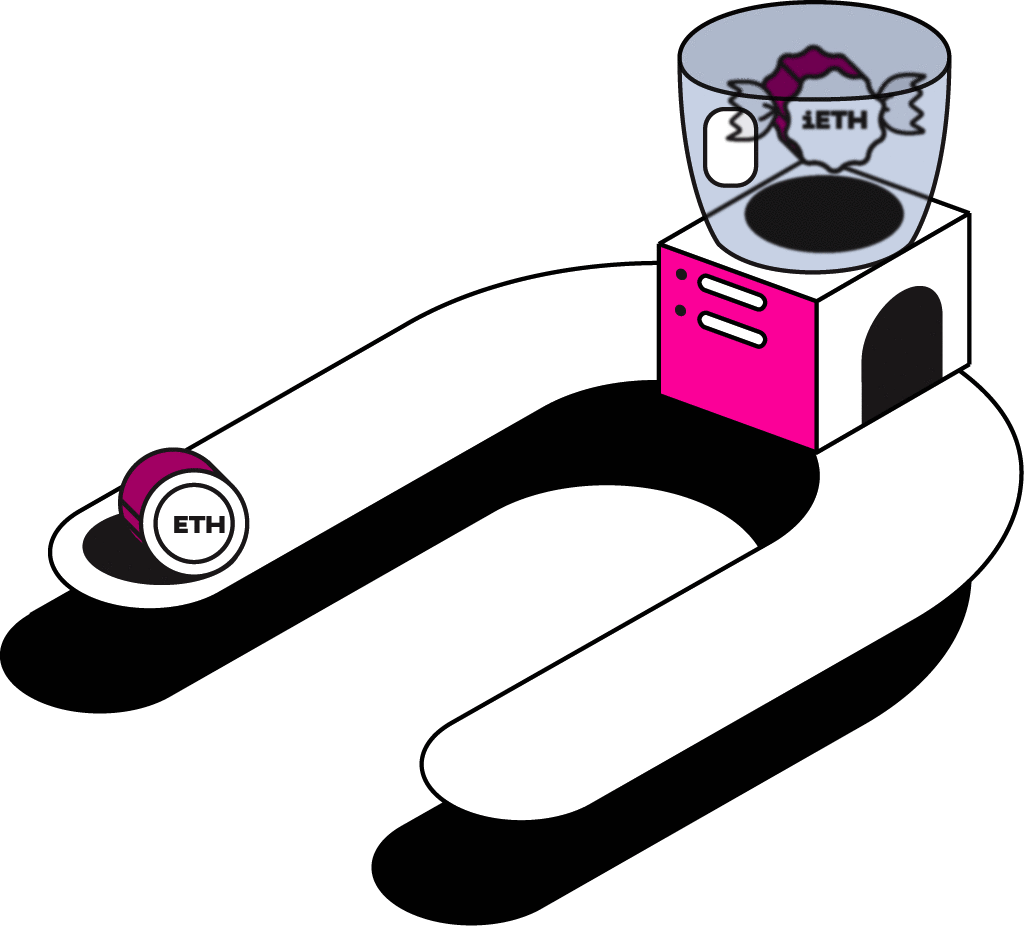
Fig. 3: Wrapping - Lock & Mint.
Unwrap [Burn & Unlock]
The reverse of wrapping: derivative token is burned (destroyed). The equivalent amount of the original ERC20 token is unlocked and returned.
The smart contract verifies the compliance proof validity before allowing the Burn-Unlock process. If not valid, the transaction is disallowed.
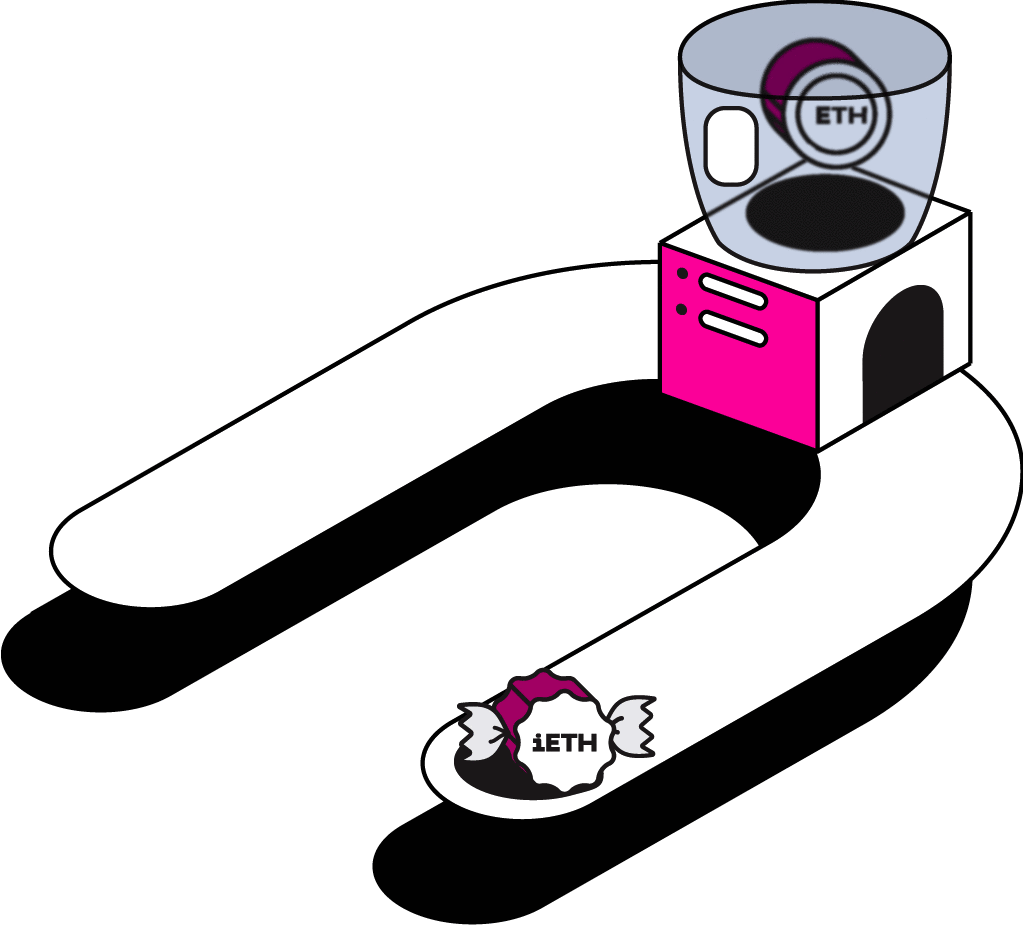
Fig. 4: Unwrapping - Burn & Unlock.
Transactions
Transactions depend on the wallet's state (verified/non-verified) and the action (initiate/receive). The first iteration allows non-verified recipients, but this can be modified.
Verified Wallet
Passed compliance proof, client of regulated entity, 'Valid' status.
- Transfer / Initiate Transaction: Can initiate. Proof checked dynamically. Proceeds if valid.
- Receive: Can receive. Succeeds only if sender also passes proof.

Fig. 5: Verified wallet initiating transfer.
Non-Verified Wallet
Has not passed proof or status is not 'Valid'.
- Transfer / Initiate Transaction: Cannot initiate. Transaction blocked if proof not valid.
- Receive: Can receive *if* sender has valid proof. Cannot initiate further transactions until verified. (*Alternative: disallow receive*)
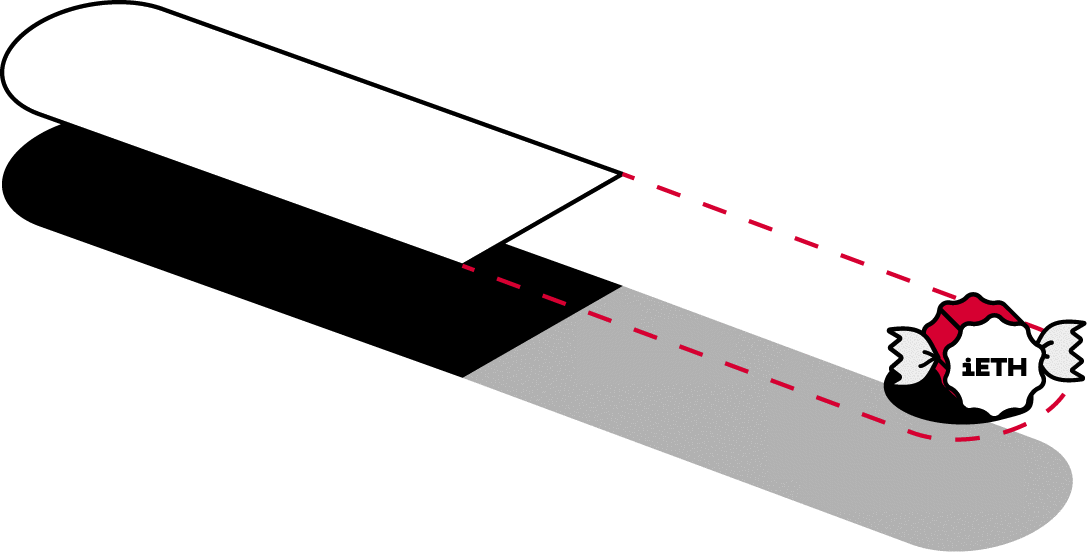
Fig. 6: Non-verified wallet cannot initiate transfer.
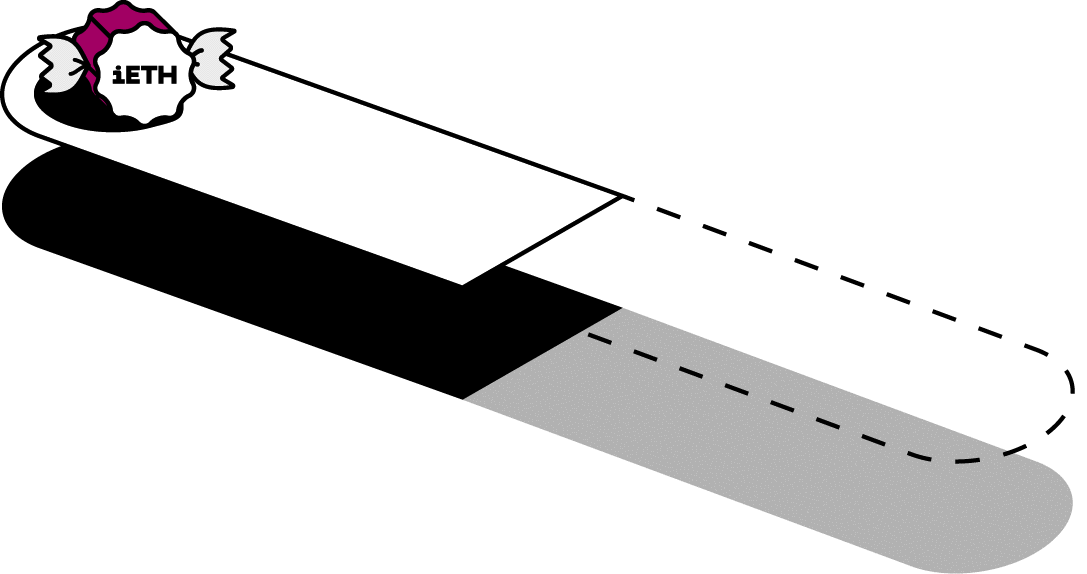
Fig. 7: Verified wallet sending to non-verified.
Cross-chain (in development)
Verified assets (ERC20-based) can be used across blockchains via bridging, allowing utilization beyond their native chain while maintaining compliance.
Cross-Chain Bridges:
Protocols enabling token movement: lock original token on native chain, mint corresponding token on target chain. For verified assets, the token is locked on Ethereum, bridge mints representative token on target chain. Compliance proof mechanism remains on target chain.
Returning Assets:
Process reversed: representative token burned on target chain, original verified wrapped ERC20 unlocked on Ethereum.
Overall, cross-chain functionality allows wider use in various ecosystems, maintaining compliance proof mechanism.
Edge Cases
Smart Contract Verification
Escrow processes involve transferring assets to a smart contract address. Verified assets face challenges as the contract address might not pass compliance checks by default.
To ensure smooth operation, smart contracts escrowing verified assets need to be **safelisted**. Safelisting grants specific addresses permission to interact, recognizing them as trusted entities, allowing temporary holding without triggering non-compliance.
Non-verified Wallet Interactions
Recap: Non-verified wallet hasn't passed proof or isn't 'Valid'.
- Transfer / Initiate Transaction: Cannot initiate. Blocked if proof invalid.
- Receive: Can receive *only if* sender has valid proof. Cannot initiate further transactions until verified.
On-chain Services (example)
Veri (Wrapper)
**Veri unlocks TradFi by solving compliance at the asset-level; instead of at the dApp level bridging web2 finance to web3.**
Offers an on-chain compliance framework using compliant ERC20 derivatives only usable by clients of regulated entities. Allows secure, regulated transfer on permissionless blockchains.
Veri Proof (Proof)
Compliance Oracle
Links self-hosted wallets with regulated off-chain accounts using a dynamic soulbound veriNFT. dApps, smart-contracts, and web3 services use these proofs for trusted ecosystems.
VeriProofs are the same proofs used by Veri, available for any web3 application.
Veri trusted contracts (VeriSC)
Since Veri validates all transactions, including those from smart contracts (e.g., DEX AMM), VeriSC provides a mechanism to register and verify smart contracts to enable the use of verified assets within them.